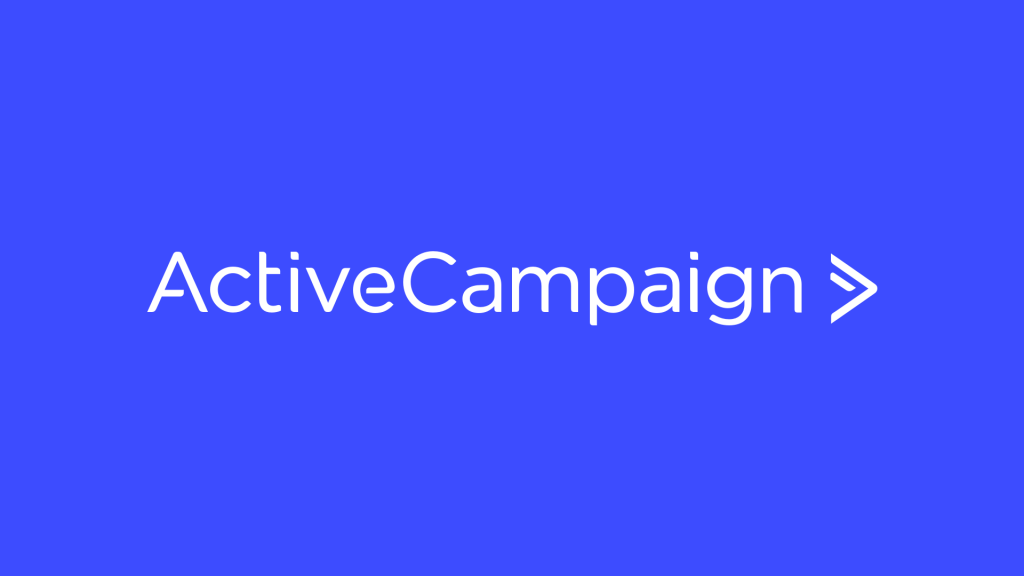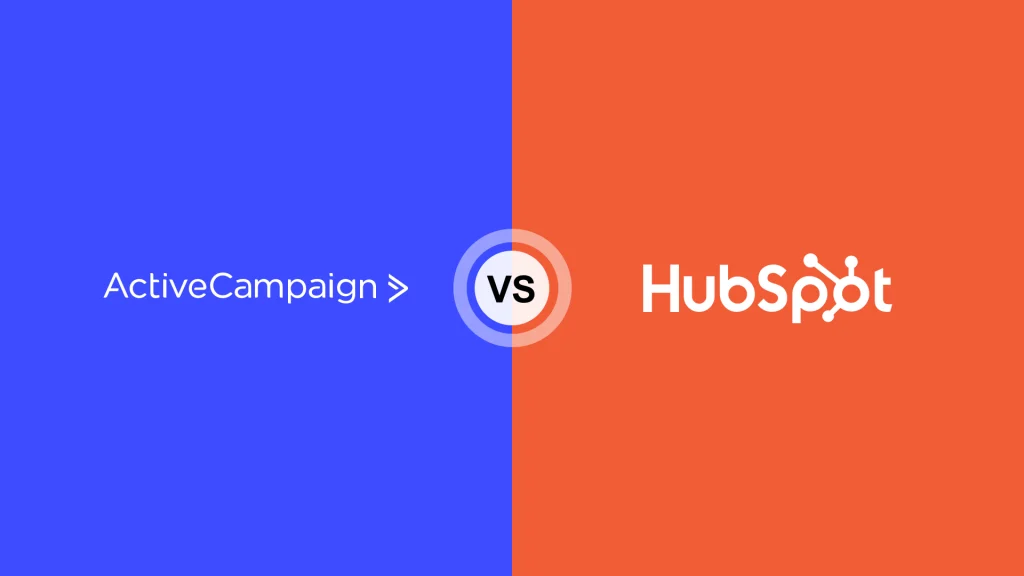ActiveCampaign has emerged as a popular choice in the realm of email marketing platforms, acclaimed for its sophisticated automation, detailed segmentation capabilities, and a comprehensive suite of customer experience tools. It caters to a wide range of businesses, offering the ability to craft highly personalized email campaigns and streamline marketing processes with efficiency.segmentation capabilities
Despite the strengths of ActiveCampaign, the dynamic and diverse landscape of email marketing solutions suggests that it might not be the ideal fit for every business. Different organizations may have varying requirements, be it in terms of budget, specific functionalities, or the scale at which they operate. In this article, we delve into the world of ActiveCampaign alternatives, presenting options that might better align with different business needs and preferences.
In our exploration of these alternatives, we will focus on key criteria such as features, pricing, user experience, and scalability. These aspects are crucial in determining the most suitable email marketing platform for your business, ensuring that your marketing efforts are both effective and efficient.
Why Look for ActiveCampaign Alternatives?
While ActiveCampaign is a robust platform, there are several reasons why businesses might seek alternatives. These reasons often hinge on factors like cost, specific features, and scalability, each playing a pivotal role in the decision-making process for choosing an email marketing service.
Cost Considerations
For many businesses, especially small startups or those with tight marketing budgets, cost is a significant factor. ActiveCampaign’s pricing, while competitive, can be a hurdle for some. Alternatives might offer more flexible or cost-effective pricing plans that better suit smaller businesses or those just beginning to explore email marketing.
Specific Features
Every business has unique needs, and what works for one might not be ideal for another. Some organizations might look for features that ActiveCampaign doesn’t offer or seeks platforms that excel in specific functionalities, such as more advanced analytics, easier template design, or more integrations with other tools.
Scalability
As businesses grow, their needs evolve. An email marketing platform that suits a small enterprise might not scale effectively for a larger organization. Companies might seek ActiveCampaign alternatives that offer more scalability, accommodating growing subscriber lists and more complex marketing strategies without a significant increase in cost or complexity.
Understanding these reasons is crucial in highlighting the importance of finding an email marketing solution that aligns perfectly with the specific needs and growth trajectory of your business. The right fit not only supports your current marketing efforts but also scales alongside your business’s growth.
Top Alternatives to ActiveCampaign
When considering a switch from ActiveCampaign, several noteworthy alternatives offer distinct features and benefits. Here, we explore some of the top competitors and how they stack up against ActiveCampaign.
MailChimp
Overview and Key Features
- MailChimp is widely recognized for its user-friendly interface and extensive template library. It excels in campaign management and analytics.
- Key features include a drag-and-drop email builder, detailed reporting, and advanced segmentation.
Pros and Cons Compared to ActiveCampaign
- Pros:
- More intuitive user interface.
- Free tier available for small businesses.
- Stronger focus on analytics and reporting.
- Cons:
- Limited automation capabilities compared to ActiveCampaign.
- Higher cost for advanced features.
HubSpot
Overview and Key Features
- HubSpot offers a comprehensive marketing suite, integrating email marketing with CRM and sales tools.
- Key features include personalized email journeys, detailed analytics, and CRM integration.
Pros and Cons Compared to ActiveCampaign
- Pros:
- Integrated CRM for seamless customer data management.
- More robust inbound marketing tools.
- Extensive training and support resources.
- Cons:
- Generally higher cost.
- Potentially overwhelming for small teams due to the breadth of features.
SendinBlue
Overview and Key Features
- SendinBlue is known for its strong transactional email capabilities and SMS marketing.
- Key features include transactional emails, SMS campaigns, and a user-friendly email editor.
Pros and Cons Compared to ActiveCampaign
- Pros:
- Strong focus on transactional emails and SMS marketing.
- More affordable for businesses scaling up.
- Good deliverability rates.
- Cons:
- Less advanced automation features.
- Limited third-party integrations.
Read full article: ActiveCampaign vs. Hubspot
GetResponse
Overview and Key Features
- GetResponse is a versatile tool offering features like email marketing, webinars, and landing pages.
- Key features include autoresponders, conversion funnels, and webinar hosting.
Pros and Cons Compared to ActiveCampaign
- Pros:
- Integrated webinar hosting capabilities.
- Comprehensive conversion funnel feature.
- Competitive pricing for startups.
- Cons:
- More limited CRM capabilities.
- Less advanced segmentation and personalization.
Other Notable Mentions
- Constant Contact: Known for its simplicity and strong customer support.
- ConvertKit: Ideal for bloggers and content creators, focusing on ease of use and automation.
- Drip: Ecommerce-focused with deep integrations and automation.
Each of these alternatives presents unique features and benefits that could be more aligned with your business needs, whether you’re looking for more advanced capabilities, better pricing, or a platform that grows with your business.
How to Choose the Right Alternative
Selecting the right email marketing platform is a critical decision for businesses. It requires a careful evaluation of various factors to ensure the chosen platform aligns well with specific business needs. Here are key considerations and tips for making an informed choice.
Factors to Consider
- Business Size and Scale: Smaller businesses might prioritize ease of use and cost-effectiveness, while larger enterprises may need advanced features and scalability.
- Industry-Specific Needs: Certain industries may require specialized email marketing tools. For example, e-commerce businesses might benefit from platforms with strong integration with online stores.
- Technical Expertise: The technical skill level of your team is crucial. Some platforms are more user-friendly for beginners, while others offer advanced customization that requires technical knowledge.
- Integration Requirements: Consider how the platform integrates with other tools you use, like CRM systems, analytics tools, or e-commerce platforms.
Evaluating Features and Pricing Plans
- Identify Key Features: List the essential features your business needs, such as automation, segmentation, or analytics capabilities. Focus on platforms that excel in these areas.
- Compare Pricing Plans: Look beyond just the base price. Consider the cost of scaling, additional features, and any hidden fees.
- Free Trials and Demos: Take advantage of free trials or demos. They provide a hands-on opportunity to evaluate the platform’s ease of use and features.
- Read Reviews and Case Studies: User reviews and case studies can offer insights into how the platform performs in real-world scenarios and its reliability and customer support quality.
Choosing the right email marketing platform is a decision that should align with your business’s current needs and future growth. By carefully evaluating these factors, businesses can select a platform that not only meets their immediate marketing needs but also supports their long-term goals.
Transitioning from ActiveCampaign to a New Platform
Moving from ActiveCampaign to another email marketing platform can be a complex process. A well-planned transition ensures minimal disruption to your marketing activities. Here are the steps to facilitate a smooth switch and the importance of training and support in this process.
Steps for a Smooth Transition
- Data Migration: Begin by exporting your contacts, email templates, and campaign data from ActiveCampaign. Ensure the new platform supports the import of this data seamlessly.
- Set Up and Configuration: Configure the new platform to match your business processes. This includes setting up email lists, segmentation rules, and automation workflows.
- Recreate Email Templates and Campaigns: Use the new platform’s tools to recreate your email templates and ongoing campaigns. Take this opportunity to refine and optimize your content.
- Test Thoroughly: Before going live, conduct extensive testing. Ensure that all features are working as expected, including email delivery, automation, and integration with other tools.
- Update Integrations: Ensure all integrations with CRM, e-commerce platforms, or other tools are reconfigured to work with the new platform.
- Transition Gradually: If possible, transition in stages rather than all at once. Start with less critical campaigns to mitigate risks.
Importance of Training and Support
- Staff Training: Invest in training your team on the new platform. Understanding the functionalities and best practices ensures efficient use of the new system.
- Seek Customer Support: Utilize the customer support offered by the new platform, especially during the initial phase. They can provide valuable guidance and troubleshooting.
- Access Resources: Make use of online resources like tutorials, guides, and community forums. These can be invaluable for solving common issues and learning advanced features.
- Feedback Loop: Establish a feedback loop within your team to continuously monitor the transition process and address any challenges promptly.
A successful transition from ActiveCampaign to a new platform requires meticulous planning, thorough testing, and a commitment to training and support. By following these steps, businesses can ensure a smooth transition and continue their email marketing efforts without significant interruptions.
Conclusion
In summary, while ActiveCampaign stands as a powerful and versatile email marketing tool, various alternatives may better suit different business needs. Throughout this article, we’ve explored the reasons why businesses might seek other options, such as cost, specific features, scalability, and industry-specific requirements. We’ve examined several top alternatives to ActiveCampaign, including MailChimp, HubSpot, SendinBlue, GetResponse, and others, each offering unique strengths and capabilities.
The decision to switch to a different email marketing platform should be guided by careful consideration of your business size, technical expertise, integration needs, and specific marketing goals. When evaluating alternatives, prioritize the features most crucial to your business, consider the total cost of ownership, and leverage free trials to gain hands-on experience.
Transitioning from ActiveCampaign to a new platform involves a series of steps, including data migration, setting up and configuring the new platform, and ensuring your team is adequately trained. The importance of support during this transition cannot be overstated, as it ensures a smooth and efficient move to your new email marketing solution.
In conclusion, the landscape of email marketing platforms is diverse and rich with options. As you consider an alternative to ActiveCampaign, focus on what aligns best with your unique business needs and objectives. The right platform can empower your marketing efforts, drive engagement, and contribute significantly to your business’s growth and success.



